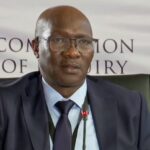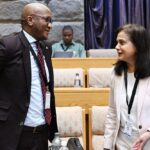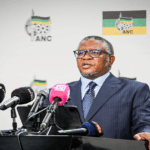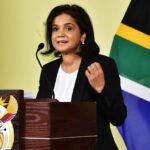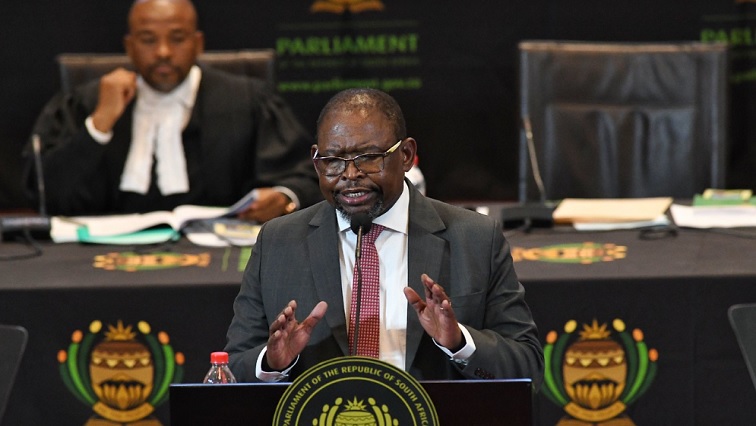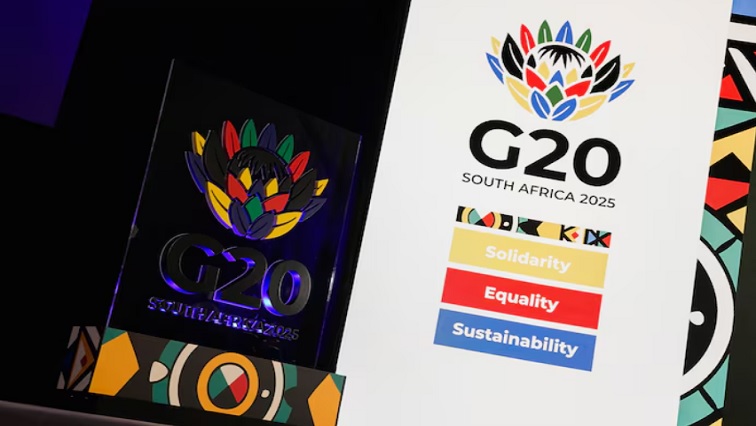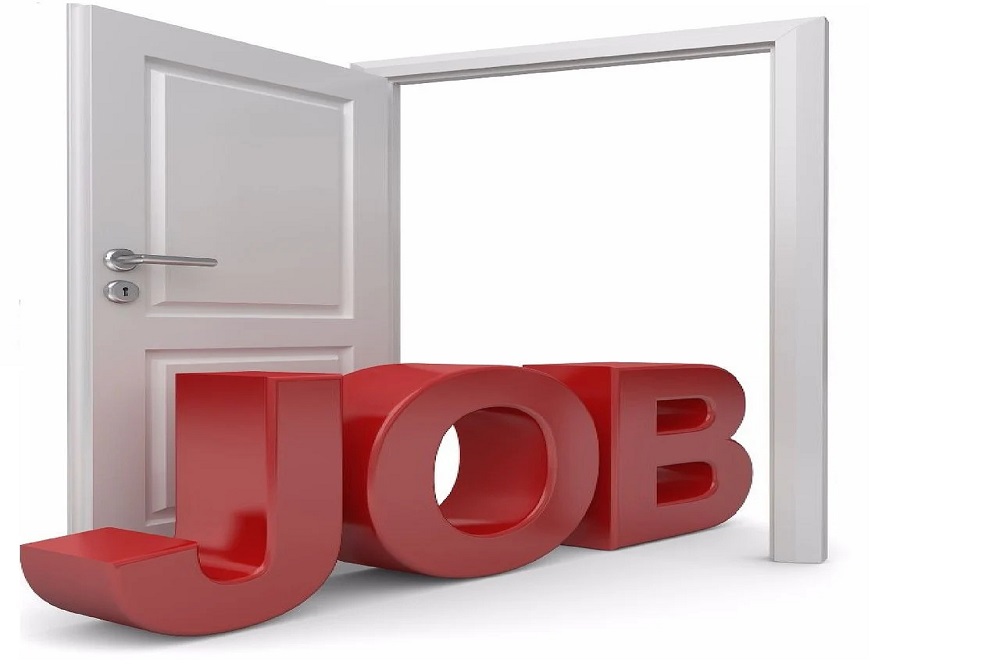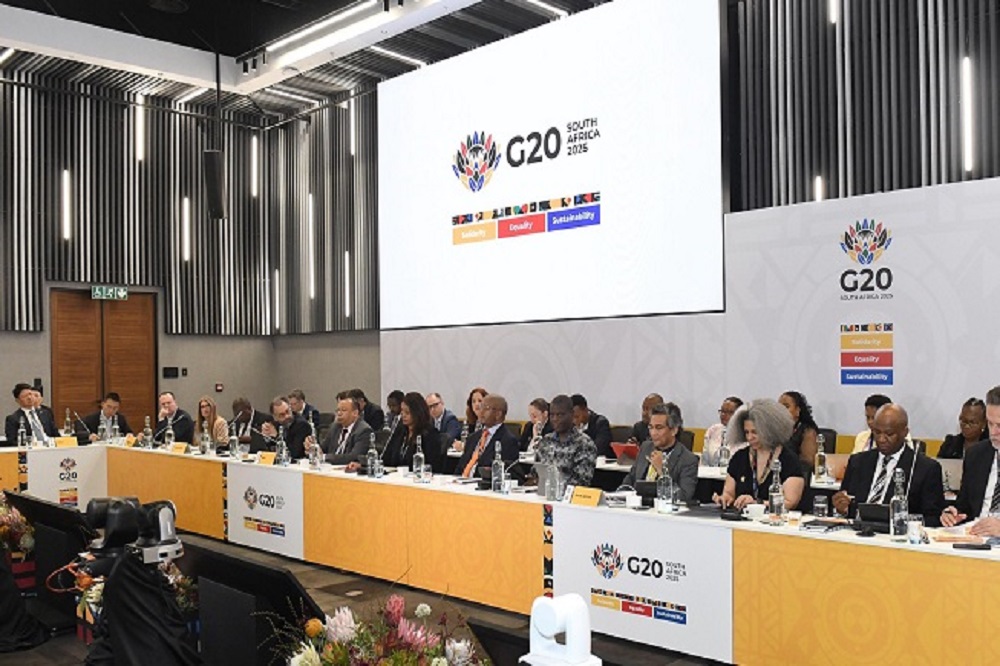-
Minister Enoch Godongwana delivering the budget speech in 2024.
There is speculation that Finance Minister Enoch Godongwana may formally announce a new inflation target at the upcoming Medium-Term Budget Policy Statement.
Recently, ratings Agency Fitch said it expected the National Treasury to reveal the new inflation target, which the Reserve Bank would then have to implement.
This follows the Reserve Bank’s Monetary Policy Committee interest rate announcement in July, that it will target the bottom end of the 3 to 6% target range with immediate effect.
Impact of current inflation target
The 3 to 6% inflation target was introduced in the year 2000. Inflation targeting is used as a means to help anchor inflation expectations.
High inflation erodes the value of a given currency, and so taming inflation is key for central banks to ensure that their currencies maintain good value and remain stable.
Visiting Professor at Wits University, Jannie Roussouw, says the current inflation target of 3 to 6% has served the local economy well.
” The inflation target announced in 2000 served South Africa well and has brought down both the inflation rate and inflation expectations to within the target range of 3 to 6%. Around 2001, there was an attempt to introduce a lower target range of 3 to 5% but that never materialised as a result of international financial uncertainty, so we’ve had an inflation target range of 3 to 6% for this whole period.”
Certainty brought by inflation targeting
Having the inflation targeting regime is said to have brought about a level of certainty and has been pivotal for all actors in the economy, especially for business players.
Head of SA macroeconomic, fixed income and currency research at Standard Bank, Dr Elna Moolman explains, “If I’m a business, I know that inflation will be somewhere between 3 and 6% and then I can plan around it, and I don’t really have to worry about higher inflation. I know that over the long-term, we may have some years that will be slightly higher, but then we’ll compensate for that and have years that are a little bit lower and over the past couple of years, in particular, the Reserve Bank made it clear that it wants 4.5%, the middle of that range, so it makes it even easier. I know that inflation is around 4.5%, I can plan according to that etc. and so that’s the big advantage, that then makes it easier to invest and run your business etc.”
Another target range
While the Reserve Bank firmly announced that it’s now targeting the bottom end of the 3 to 6% inflation target range in July, technically, the National Treasury is the one meant to formulate the inflation-rate target, with the help of Reserve Bank expertise, and formally announce the policy target position.
Professor Rossouw is advocating for another target range, albeit lower than the current one, saying it’s important that there’s alignment on the policy between the central bank and treasury sooner rather than later.
“I’m in favour of a 3% inflation target, but with a range of 1 PPS (Purchasing Power Standard) on either side, 2 to 4% and so I support the SARB targeting 3%. We need the government to support this target, so my hope is that the finance minister will announce the 3% target at the upcoming Medium Term Budget Statement on the 12th of November. However, if the finance minister doesn’t announce it, we can end up in the dangerous situation where the Reserve Bank targets inflation at 3% and the treasury uses 4.5% in the fiscal planning, and you can’t have… that would be a very unsatisfactory outcome which SA cannot afford.”
Support for new target
The formal inflation target range may or may not be announced on 12 November, but Dr Moolman says what will be important is that there is a buy-in from all sectors of society on whatever is decided.
“It’s unfortunately still difficult to know whether he’ll make the final call now or whether he’ll just give us further guidance in terms of treasury’s thoughts around the SARB’s proposal for a point target of 3% and perhaps where he is with negotiations with other stakeholders, because what treasury is emphasising is that the more we have buy-in, the more everybody in the economy believes that this is going to happen, that this is going to be a good thing, that this is actually achievable, the easier it will be to actually achieve that on a sustainable basis.”
Even if Godongwana does not announce the new inflation target range at the Mid-Term Budget this week, given joint assurances from both the Reserve Bank and National Treasury that the policy formulation work is done and dusted and the importance of perceived policy alignment, the chances of an announcement soon, but at a later stage, appear high.
VIDEO| Section 27 Researcher Matshidiso Lencoasa hopes Godongwana will the budget speech will address issues affecting ordinary South Africans:



